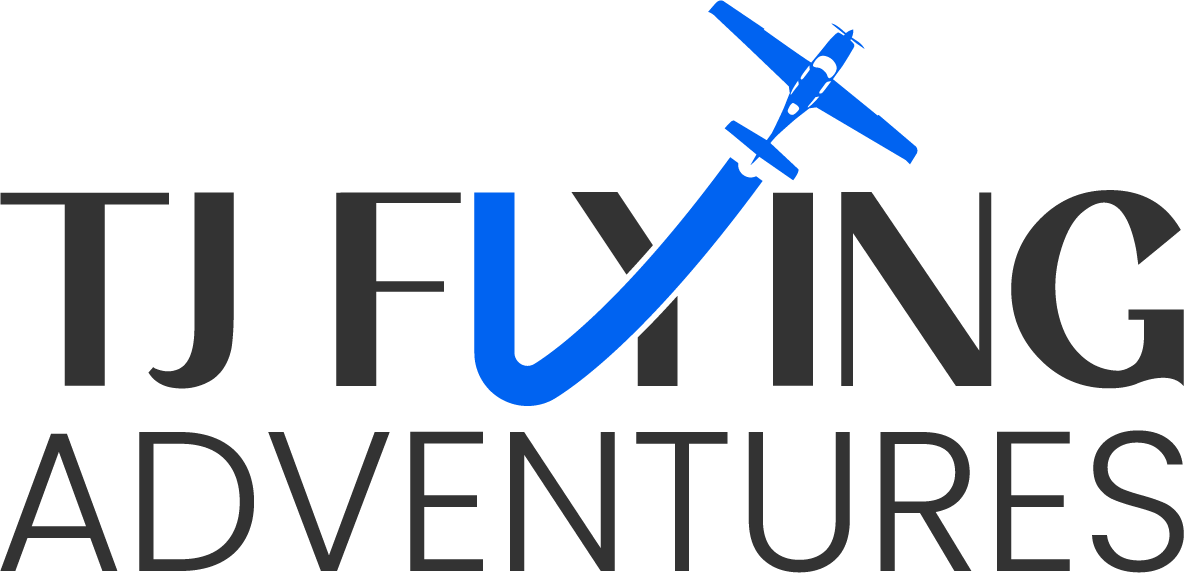Landing at JFK
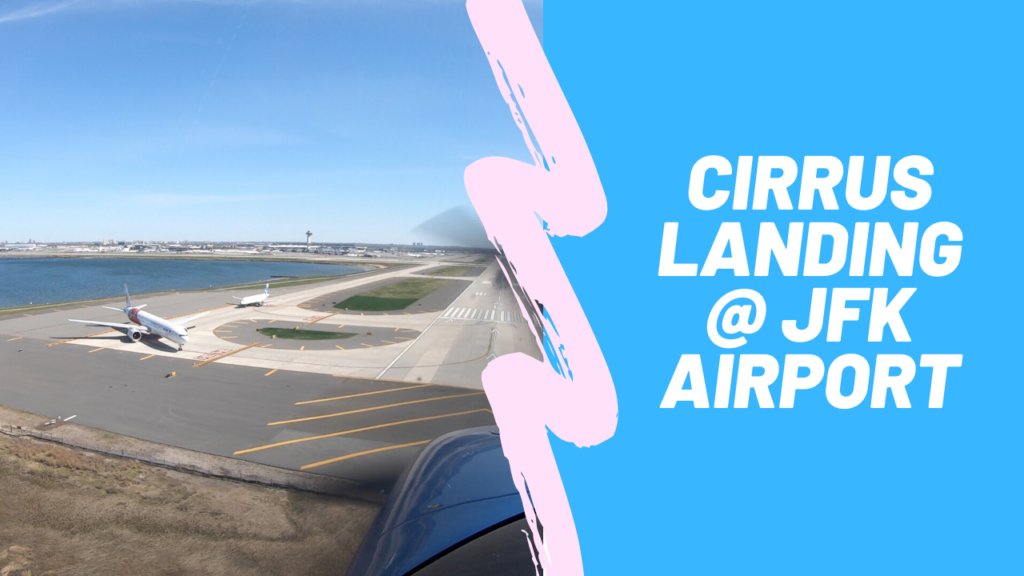
As some of you know, a couple of weeks ago, I tried to do a “Touch & Go” at JFK. I figured that due to Covid-19, the skies would be pretty empty and ATC would have plenty of time on their hands. That attempt did not work 🙁 The controller told me “Touch & Gos” […]
Simple, Short Flight Turns into More
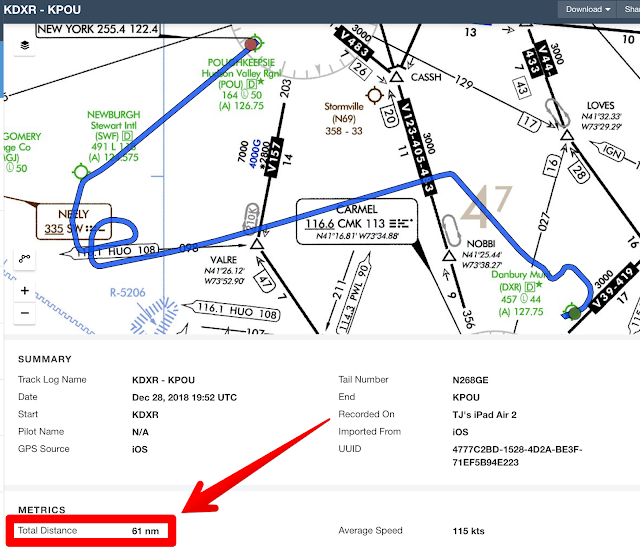
Today, I wanted to pick up the Cirrus from my mechanic after some routine maintenance. The plan was a VERY simple 24nm flight from Danbury, CT to Poughkeepsie, NY. You can see the planned route below: But the weather wasn’t very good … Not terrible, not dangerous, just light rain and low ceilings in both […]
Weekend in Grand Cayman
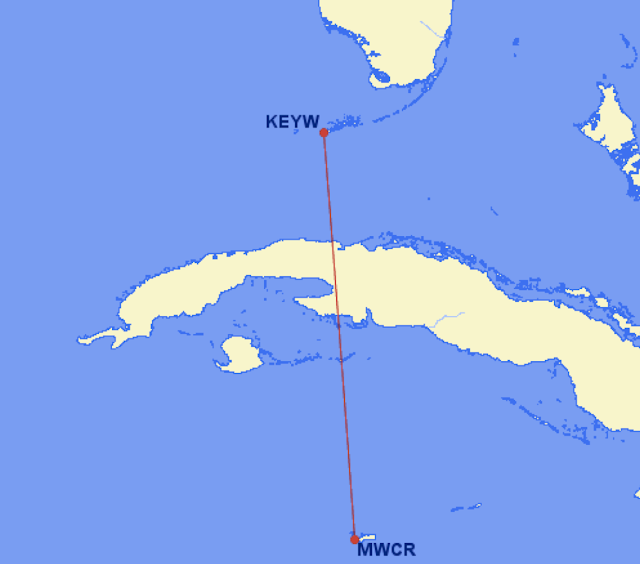
With great weather predicted for south FL and the Caribbean, this past weekend was the perfect opportunity to make a dent in the bucket list. I decided to fly to Grand Cayman. The flight was a straightforward IFR route mostly over water and directly over Cuba: I was a little nervous about the international flying […]
Aerobatics Training In a Zlin
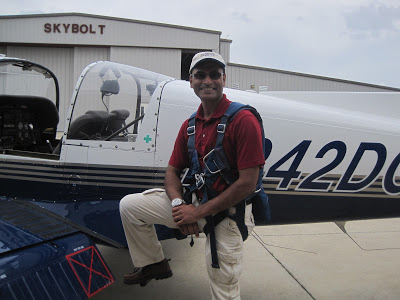
As you have probably noticed, I have not been posting much lately. It is NOT because I am flying less. In fact, I have been flying quite a bit lately. However, most of my flights were routine with nothing that I hadnt posted about before. But this week, things really started to change! After finishing […]
Migration 9 Trip Summary
I have finally arrived in Colorado Springs and the journey was quite amazing! It is hard to summarize a 4200 mile trip. (But here goes…) Some of it what was “as expected ” ; Some of it reinforced how flexible you need to be on a journey like this. Between weather, customs formalities, spotty radar, […]
Long X-Country, Weather and State #38 (AZ)
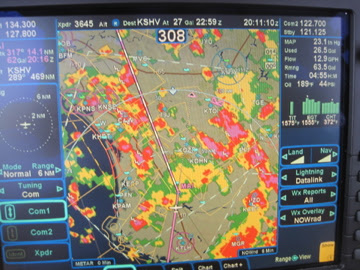
This weekend I had a long cross country flight planned. The destination was Sedona, AZ, which is a very famous airport for pilots. According to the Sedona Airport website, they claim to be “America’s Most Scenic Airport”. It is also sometimes referred to as the “USS Sedona” because it feels like landing on an aircraft carrier. […]
Holding Pattern Without A Shuttle View
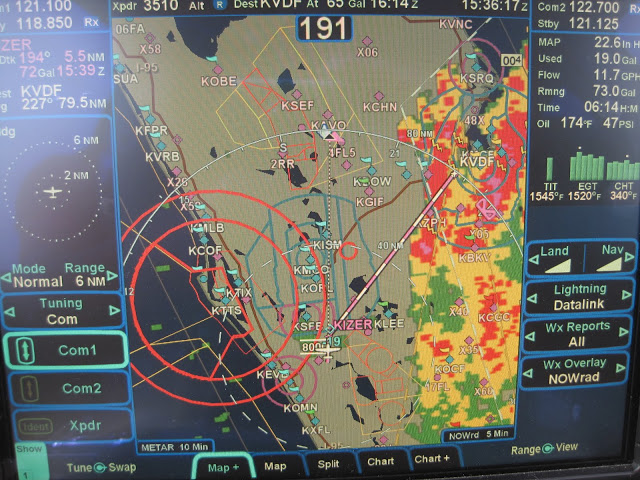
As everyone knows, today was the day for the space shuttle’s last mission. I didn’t have tickets to see the launch in person. But I really wanted to see it. So I came up with what I thought was a clever plan. I would fly the Cirrus upto 17,000 FT and go into a holding […]
Scenic Trip to Cedar Key
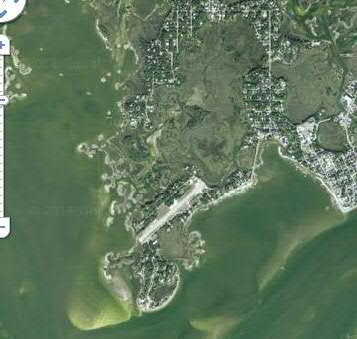
This morning I woke up and looked outside to find typical weather for FL. Sunshine as far you could see ; Clear blue sky ; AND a perfect day to go flying! After my recent CPPP training, I have been sufficiently brainwashed into treating every flight as an opportunity to practice something. So this morning, I […]
Learning New Tricks In Hilton Head
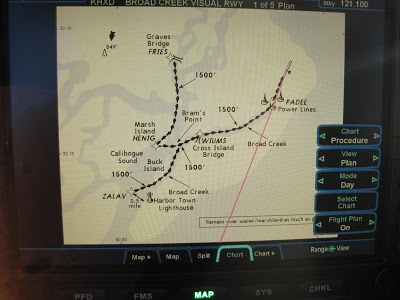
After 300+ hours flying behind the R9 screens, I thought I knew everything there was to know about R9. But at the risk of sounding like an “old dog”, yesterday at the R9 User Group Meeting in Hilton Head, I learned a couple of cool new tricks! The weather was excellent and Hilton Head is […]
